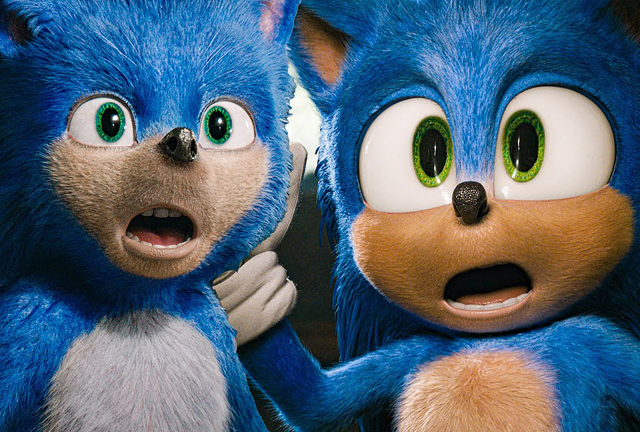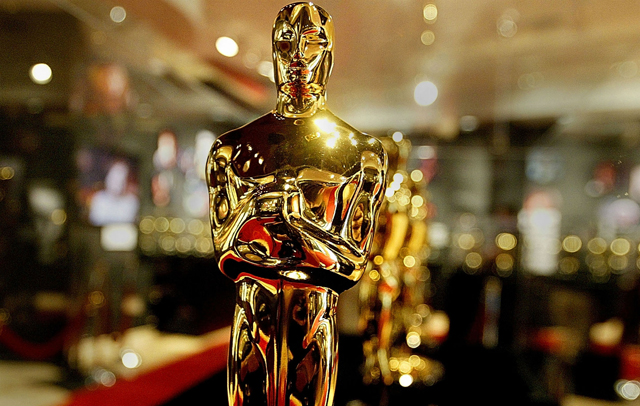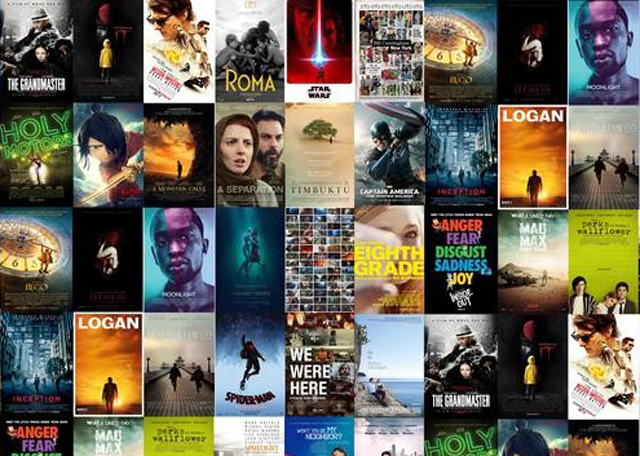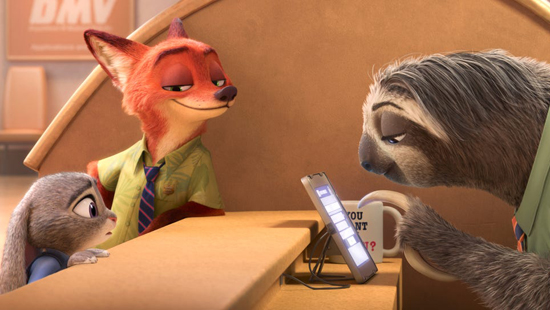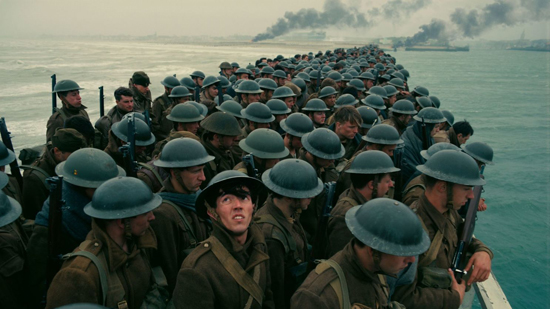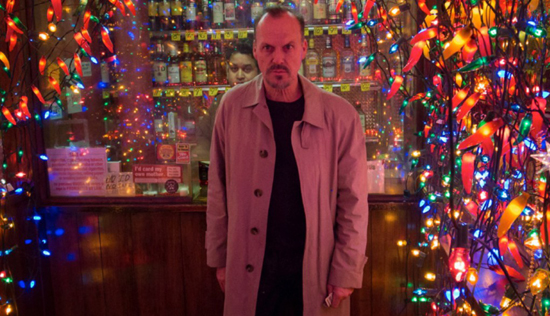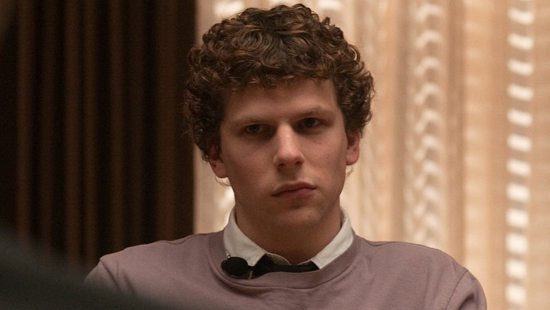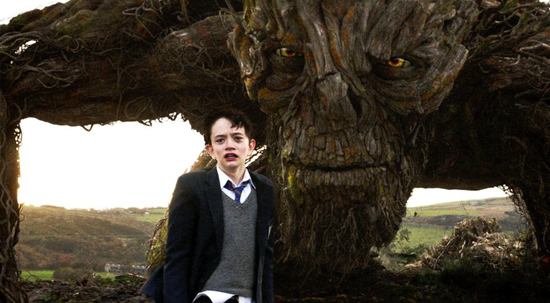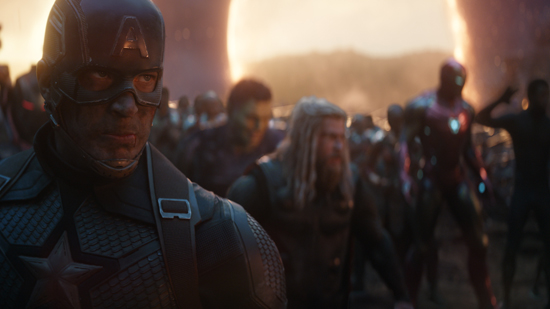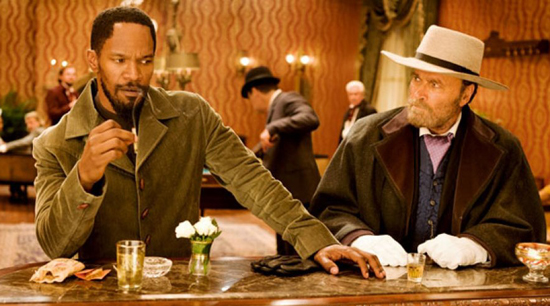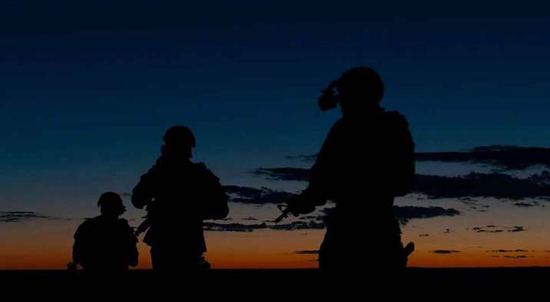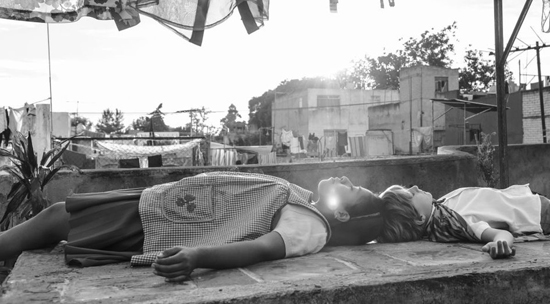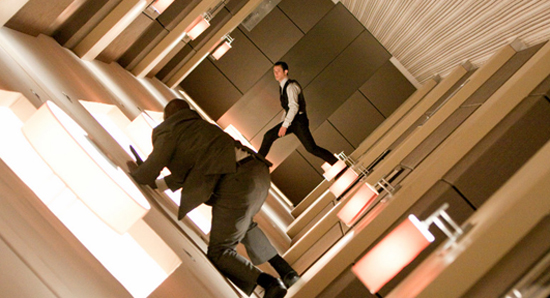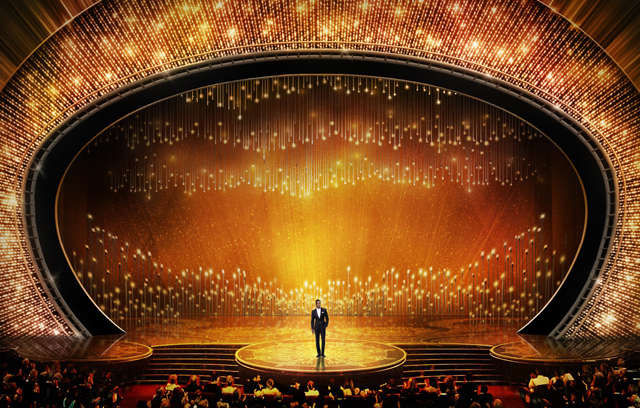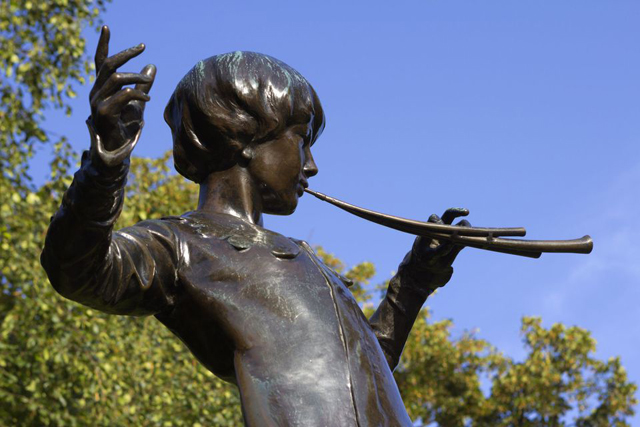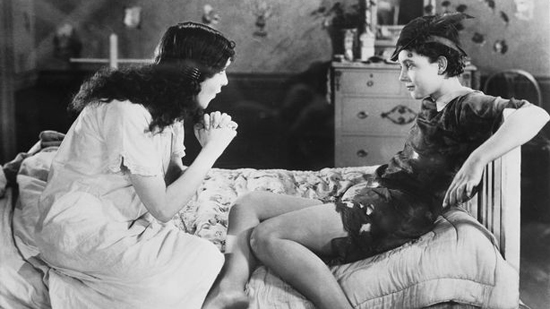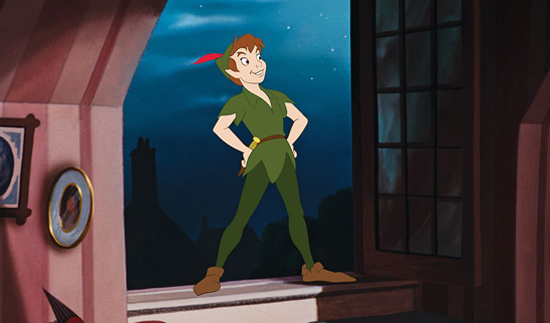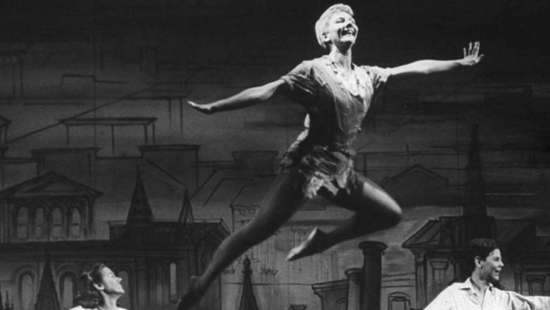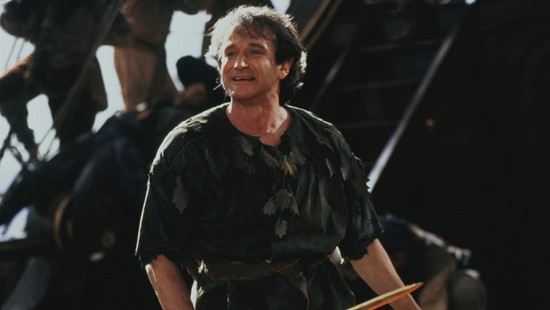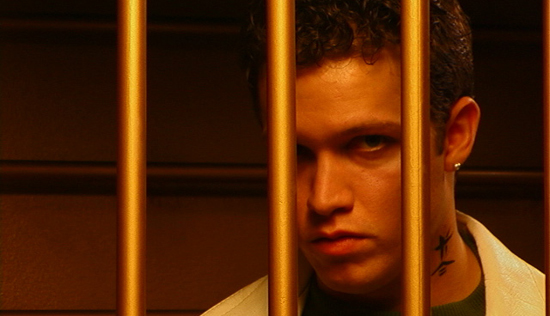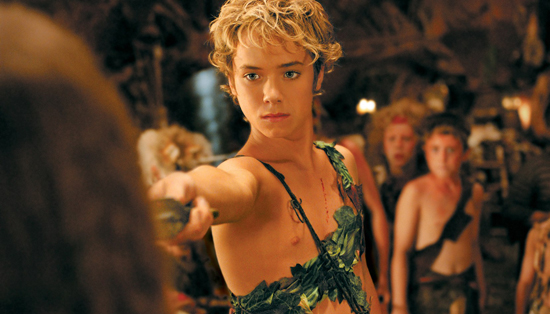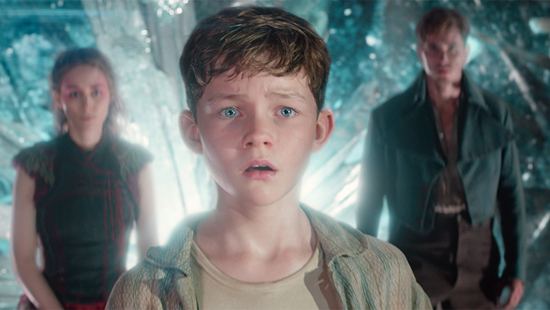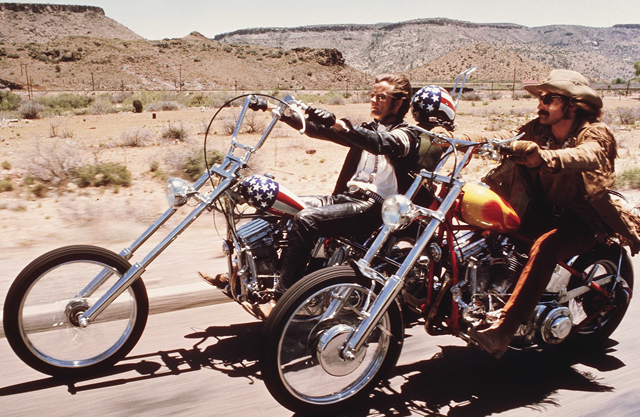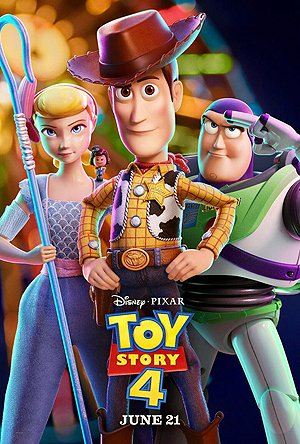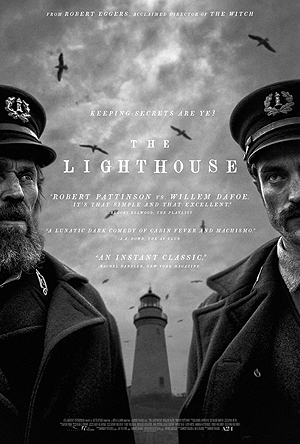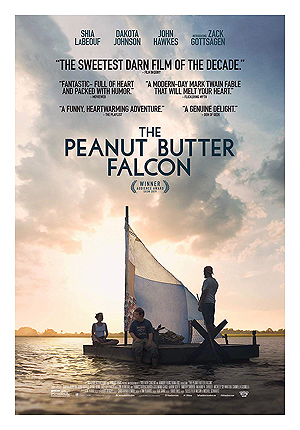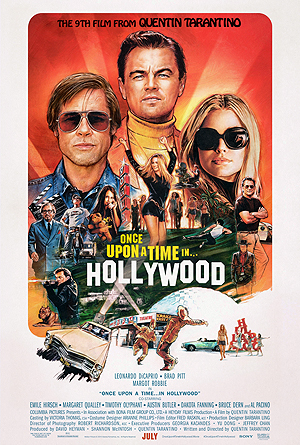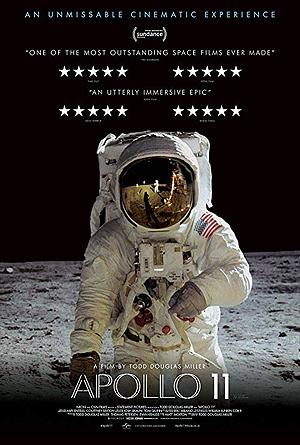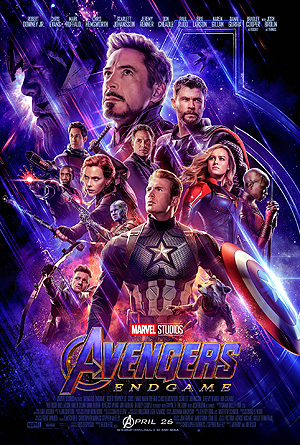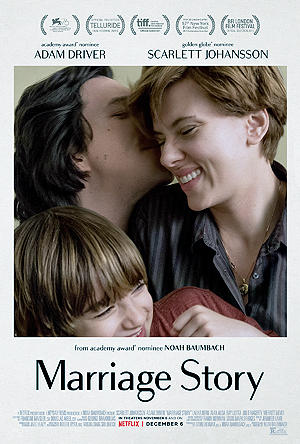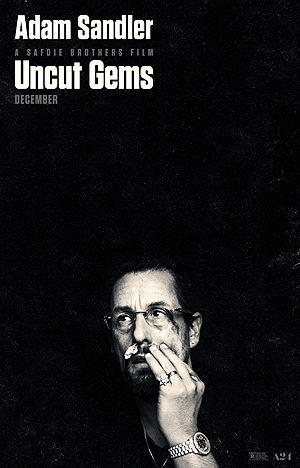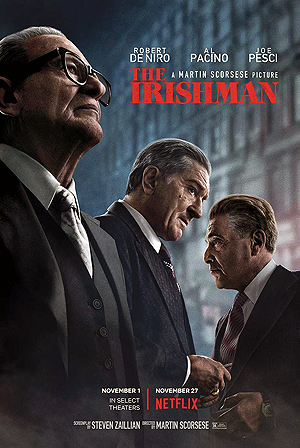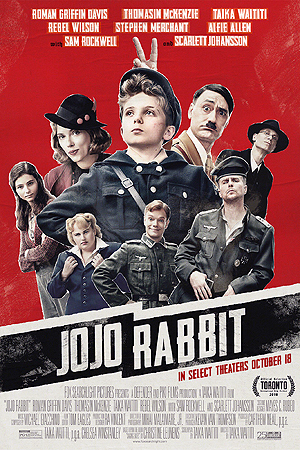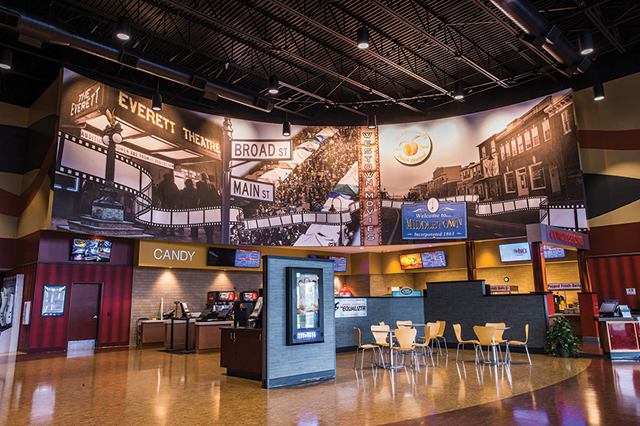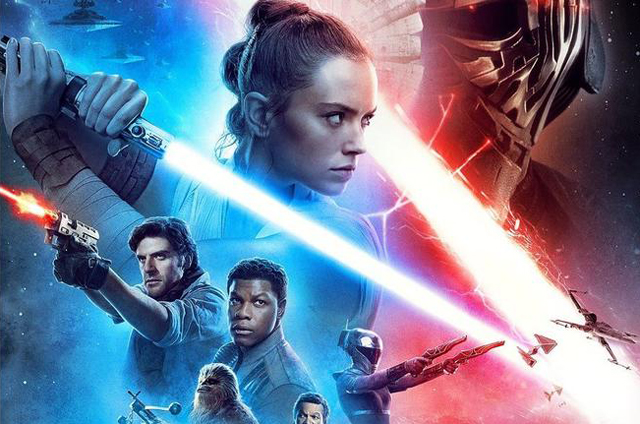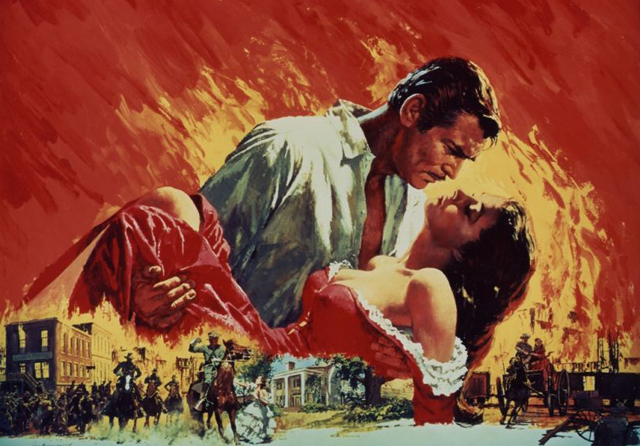
There are few films that hold as lofty a position in the annals of movie history as Gone With the Wind (1939). Considered the greatest movie in what many say is the greatest year ever in cinema, Gone With the Wind is every much the movie that defined Old Hollywood. A grand sweeping epic with an all-star cast, Wind broke new ground in everything from it’s extensive use of technicolor to the introduction of a roadshow format in it’s presentation. To this day, it is still the highest grossing movie ever adjusted for inflation, a title it has held for over 80 years. And in many circles, it is still held up as the Gold Standard of epic film-making, with sweeping historical dramas all in one way or another taking cue from it. But, in also being held up as the pinnacle of Old Hollywood, it also faces the scrutiny of contemporary interpretation as well. It’s setting within the Antebellum South and it’s depiction of the Civil War and it’s aftermath continues to be a hotly debated aspect of the film, especially with regards to the criticisms it faces with the perceived glorification it gives to the South under slavery and it’s treatment of the black characters within the story. One cannot say that the movie endorses the institution of slavery, but it also doesn’t deal with slavery as seriously as it should either. It’s unfortunately a product of it’s time, when black performers were not as valued as their white co-stars, though remarkably Gone With the Wind managed to make some progress in that despite the conventions of the period. The movie continues to spark strong feelings across the board for cinephiles of all kinds, and it’s place within the legacy of the industry as a whole is undeniable. But it is also interesting looking at how it came to hold such a crucial place in the history of Hollywood, especially when you look at it’s literary origins.
The book on which the movie was based on had in fact only just hit the bookshelves a few years prior to the making of the movie. In fact, producer David O. Selznick optioned the novel before it’s publication. The book was written by Margaret Mitchell, a first time novelist who had been writing columns extensively for the Atlanta Journal for many years. A pioneer journalist in her time, she refined her strong feminist voice in a time and place where her point of view still wasn’t accepted as the norm. Being a strong woman in a man’s world would be a theme that would define much of her writing from that point on. In 1926, she left her job at the Atlanta Journal and an ankle injury soon after left her home bound for an extensive period of time. Her husband convinced her that she should be spending her downtime writing, and she would do just that, working on what would be her magnum opus over the next three years. Drawing upon the stories that she was told by her elders who lived through the Civil War and from interviews that she had with still living veterans of the conflict, Mitchell constructed the narrative of Gone With the Wind, centered around a strong willed southern debutante by the name of Pansy O’Hara; her publisher of course would convince her to change the name to the more provocative Scarlett. Once completed, Margaret Mitchell had amassed a biblical sized manuscript that topped over 1,000 pages. But, even despite that enormous size, the publishers fell immediately for her epic romance and upon publication, readers did as well. After it’s debut in 1936, Gone With the Wind would earn Mitchell both a Pulitzer Prize and the National Book Award. And of course, Hollywood came a calling and would forever cement Mitchell’s novel into it’s iconic place in American culture. And despite the immense length of the novel, it is frankly rather surprising how little changed on it’s way to the big screen.
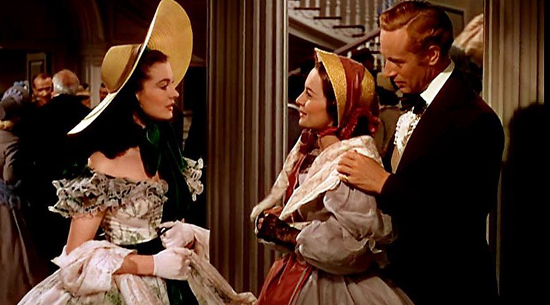
“With enough courage, you can do without a reputation.”
David O. Selznick knew very well that when he optioned the rights to the novel even before it’s publication that he had in his hands something that was going to take the world by storm. When the novel became a nationwide sensation, it became apparent that not only did Selznick need to make the movie a reality, he had to be especially faithful to the source material as well. And given the enormous length of the novel, he was also going to have to put a lot of trust in his audience as well. The movie clocks in at a staggering 235 minutes, just shy of 4 hours, making it the longest movie ever made in Hollywood at that time, and would continue to be for many years after. To help theaters deal with such a long movie, Selznick Productions broke the film up into two separate acts with an intermission at the halfway point. In addition to the epic length, Selznick also spared no expense on the movie’s lavish production and costume design, all of which sparkle in the technicolor photography, which itself was a novelty in the late 1930’s. Through it all, Selznick was determined to make the grandest spectacle ever put on the silver screen, no matter the cost, and it’s a gamble that paid off. The movie was a financial and critical success, becoming just as much of a blockbuster as Mitchell’s book. It would end up winning a then record 10 Academy Awards, including Best Picture. It still remains a touchstone in the history of Hollywood, and is still widely seen as a classic. And with it’s faithful adherence to the novel it’s based on, it also gives us a magnificent translation of Mitchell’s vision to the big screen. But even so, there are some things that stand out when you compare the novel with the movie, and some of it shows an interesting disconnect that belies the divisions that still exist within America after the Civil War.
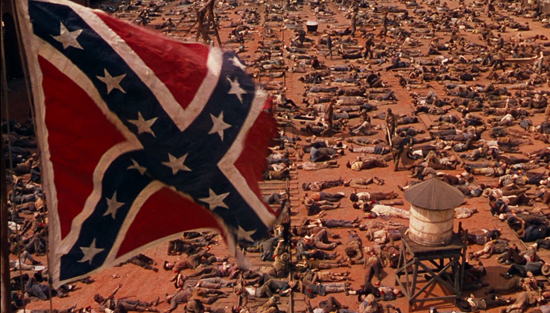
“Take a good look my dear. It’s a historic moment you can tell your grandchildren about – how you watched the Old South fall one night.”
One big difference that you’ll notice between the novel and the movie is that the novel is much darker in it’s tone. Margaret Mitchell was not one to shy away from the harsh realities of post-War America. In the novel, she details the brutal atrocities that occurred during the conflict, in particular, the Sherman March that left a deep scar across the setting of Northern Georgia. Mitchell points out hardships and acts of violence that the movies could only hint at under the Hays Code restrictions. Margaret Mitchell’s writing also is far more a product of her point of view. Though Mitchell was quite liberal in her politics, particularly when it came to her feminist points of view, she was also a Southerner, with a rose colored view of the South’s position before and after the war. Though she doesn’t endorse the institution of slavery, her novel unfortunately portrays a far too idealized vision of Antebellum society in the days before the war, when slavery was an institution. As described in the narration, as well as the movie’s introduction, the South portrayed in this story is a “dream remembered. A Civilization gone with the wind.” That may have been how white southerners may have looked at the South, but black southerners absolutely would feel different. Though Mitchell is detailed in her depiction of historical events, her blind-spot with regards to race is an unfortunate mark on her writing that has not aged well over time. The movie likewise carries some of that baggage too, though in changing some aspects of the story, it managed to escape some of the harsher criticisms as well. The exclusion of Scarlett’s assault in a shanty town by a black man and her then husband’s rallying of fellow Ku Klux Klan members in retaliation spares the movie of having more controversial connotation within it’s narrative. Had they stuck more closely to Mitchell’s novel in these instances, the movie would have slipped further into Birth of a Nation (1915) territory.
If there is one interesting aspect of the movie where it makes the most interesting deviations from the novel, it’s in the characterizations. Gone With the Wind is defined first and foremost by it’s iconic characters. So much so that when it came time to cast the movie, there was unprecedented hype surrounding who would end up getting the highly coveted roles. The demand for Clark Gable to play the role of roguish Rhett Butler was almost unanimous, and it’s easy to see why; it’s almost as if Margaret Mitchell wrote the character with him in mind, and he does not disappoint. The casting of Scarlett however became the most sought after part in Hollywood, and every leading lady seemed to be fighting for their chance at the role. Bette Davis even made an entire similarly themed film named Jezebel (1938) as a possible demo reel for her chance at the part. However, Selznick made the then controversial decision to give the part to a then unknown British actress by the name of Vivien Leigh. Leigh may have been an odd choice at the time, but from the moment you see her on screen for the first time in all her Scarlett glory, it’s hard to imagine anyone else in the role. Her chemistry with Gable in particular is unmatched and is probably what won her the role. And in many ways, Leigh’s performance is the thing that deviates in the best way from the novel. Mitchell’s Scarlett is far more of an un-redeemable schemer, who while is admirable in her resilience in the face of hardship is also a cold manipulative individual who ends up pushing people away. In the movie, Leigh manages to find a deep rooted sadness in the character that helps to flesh her out even more. It’s also an interesting, subtle commentary that the writers of the movie make on the South; turning Scarlett into a metaphorical character who stubbornly resists change in a futile pursuit of an idealized, comforting past that she can never return to.
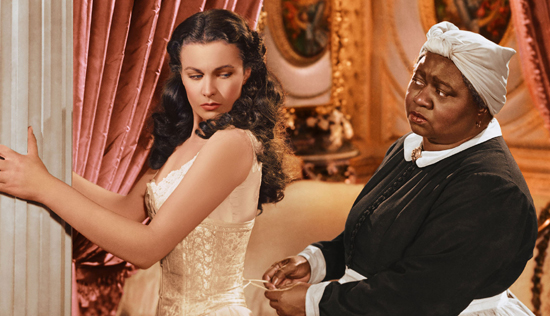
“Never, at any crisis in your life, have I known you to have a handkerchief.”
Hollywood, while having it’s own issues with race in it’s early history, nevertheless did not want to overlook it either. Thus, we get into the touchy subject of how the movie deals with the realities of slavery. The movie could only go so far under the Code rules of the day, and it unfortunately had to remain cautious when it came to adapting the novel, as to not antagonize it’s Southern fan-base. Margaret Mitchell’s novel does feature well-rounded black characters within it’s narrative, but they are in the role of slaves, who despite being emancipated still remain in service of the O’Hara family long after the war is over. It’s another aspect of Mitchell’s blind-spot on race in America, where she didn’t view characters such as Mammy, Pork or Prissy as problematic. The movie likewise draws backlash for it’s inclusion of these characters, but by making them a part of this colossal cinematic benchmark, it at the same time inadvertently broke new ground for black actors in the business. Many of the black actors involved in the movie were not pleased with the fact that they had no other choice than to play domestics in a big Hollywood film, but at the same time, they were not going to waste their opportunity to show their qualities either. Chief among them was Hattie McDaniel who played the role of Mammy, Scarlett’s blunt and strong-willed house maid. McDaniel is a force on screen and she elevates this stereotypical character and makes it her own, putting a spotlight on a black face in cinema unlike any ever before. And in doing so, she broke down barriers, including winning the Academy Award for Best Supporting Actress, a first ever for an African American in Oscar history, which wouldn’t happen again for another 20 years when Sidney Poitier won his Best Actor award. You could certainly consider McDaniel’s contribution groundbreaking, but at the same time it propagated the same stereotypes that would continue to keep black actors sidelined for many years after. So, it makes you wonder if the movie did more damage than good in race relations in America, by romanticizing this era where the only place a black person could exist was in servitude.
It’s in sanitizing the story the movie for mass audience consumption that Hollywood almost robs the importance of it’s subject matter as a result. The horrors of slavery are pretty much glossed over and the focus is more on the suffering of the white characters instead. But, those faults are more or less the faults of the book as well. Margaret Mitchell was first and foremost concerned with the theme of destruction and rebirth, and most importantly, survival. Through Scarlett O’Hara she imagines what it means to be a survivor, and how that sense of character makes someone standout and at the same time feel isolated. Through this, the movie does capture it’s poignancy, as Scarlett is admirable in her resiliency, but at the same time hated for her selfishness. The movie manages to keep it’s focus by giving Scarlett it’s full attention. It’s pretty incredible how nuanced Vivien Leigh’s performance is, given that Scarlett is on screen for almost the entire four hours of the movie. Even still, the movie today feels a little too simplistic with regards to it’s portrayal of the historical events in it’s background, and even with some of the other darker elements found in Mitchell’s writing. Some changes are for the better, like the condensing of Scarlett’s many children into a single daughter as well as a streamlining of events. But others, like the exclusion of details of a horrible marital rape committed on Scarlett by Rhett Butler, creates an unfortunate minimizing of crucial character developments that would have changed many perspectives on the characters. Even still, it’s surprising how much David O. Selznick stuck his neck out for to bring the novel fully to life, including paying the hefty fine for braking the Code rules by including the then scandalous word “damn” in the now iconic line completely in tact within the movie.
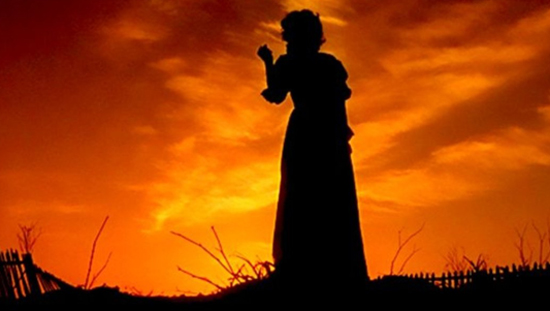
“As God as my witness, I shall never go hungry again!”
Any criticism of the movie on the basis of race is more than justified, as with the original novel too, but there is no mistaking that the movie still holds a hallowed place in the history of Hollywood. Even among critics of different racial backgrounds it is still an admired piece of cinematic art. Not only that, but it set the bar high for epic film-making, and we have it to thank for all the grand spectacles that have followed in it’s wake, such as Lawrence of Arabia (1962), Gandhi (1982), Out of Africa (1985) and Titanic (1997) just to name a few. A novel with the complexities of Margaret Mitchell’s original text was certainly going to be a challenge for any cinematic interpretation, and David O. Selznick’s production is certainly about as good as anyone could have done. In many ways, the movies improves on many of the characters, certainly in the ways that the actors interpreted them including Vivien Leigh’s forceful portrayal of Scarlett and Hattie McDaniel’s historic depiction of Mammy. There’s also the absolutely genuine charm of Clark Cable’s Rhett Butler and the undaunted sweetness of Olivia DeHaviland’s Melanie Hamilton. As far as adaptations from page to screen go, you can’t ask for a better example than Gone With the Wind. I’m sure that most people today are more familiar with the movie than the book itself, as it has become an almost universally known part of the culture. The book itself is an interesting read, albeit with some old-fashioned views on the South that have not aged well. It still stands as a groundbreaking work from one of the most important women writers of the 20th century. Margaret Mitchell would never write another novel, as she returned to journalism soon after during the Second World War and had her life tragically cut short in a vehicular accident in 1949. The legacy of her work still lives on, both in the positives and negatives, and Gone With the Wind is still one of the most widely discussed works of fiction from it’s time. The movie itself is stunning in it’s adherence to it’s source material, but also it what it added to the work itself. It’s also just a movie that defines the art of film-making in a way that few others do. With it’s grandiose scope, it’s iconic characters, and it’s unapologetic sense of operatic splendor, it very much is the quintessential Hollywood movie, and without a doubt one of the most important translations of book to film that has ever been attempted.
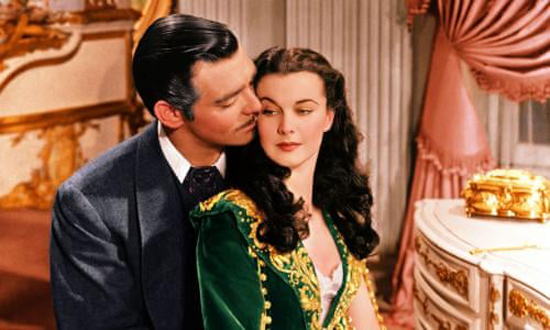
“Frankly my dear, I don’t give a damn.”
